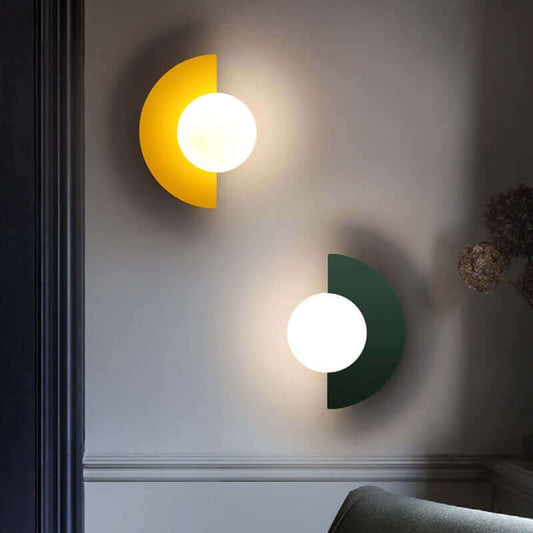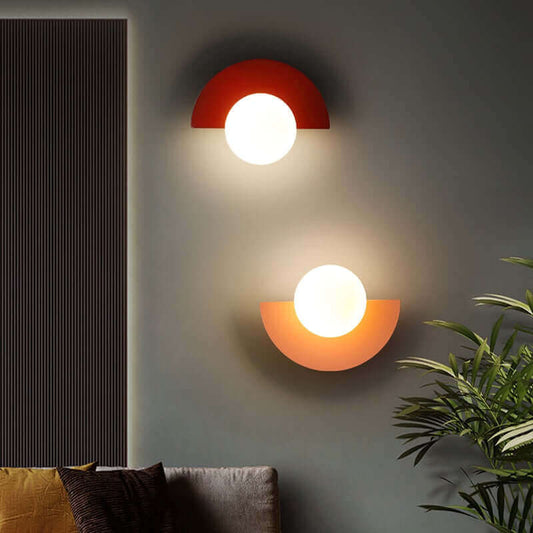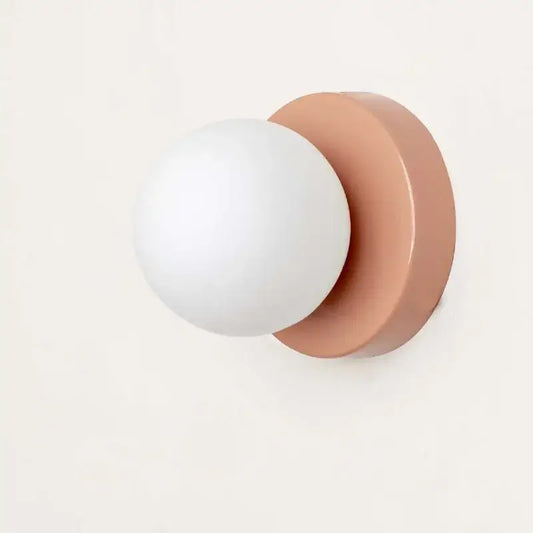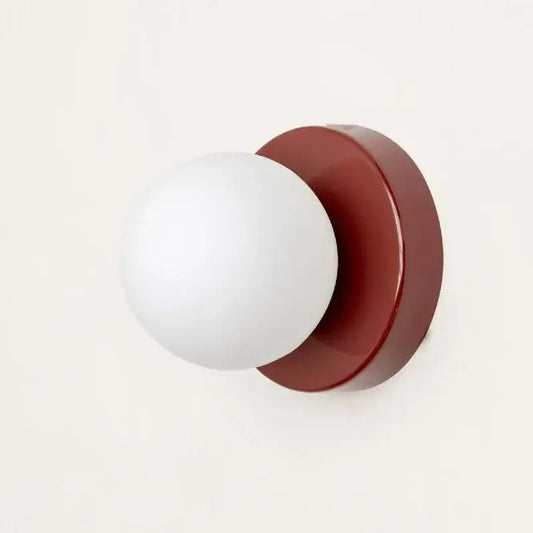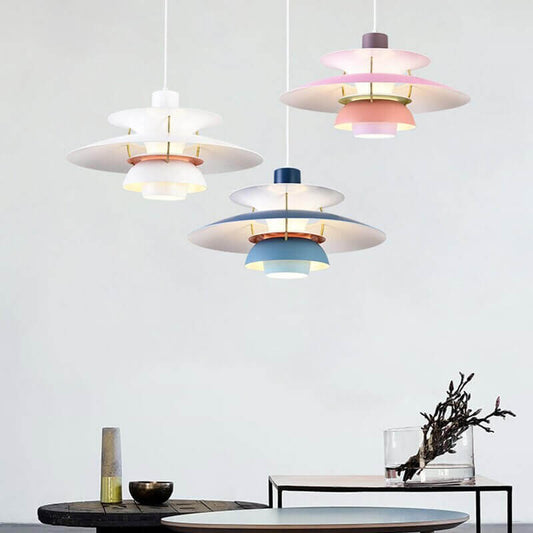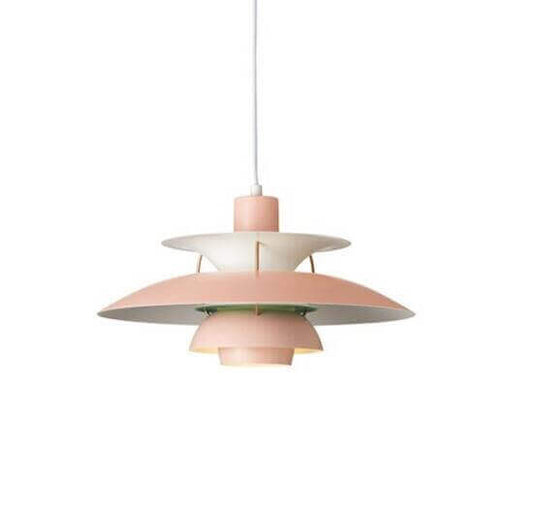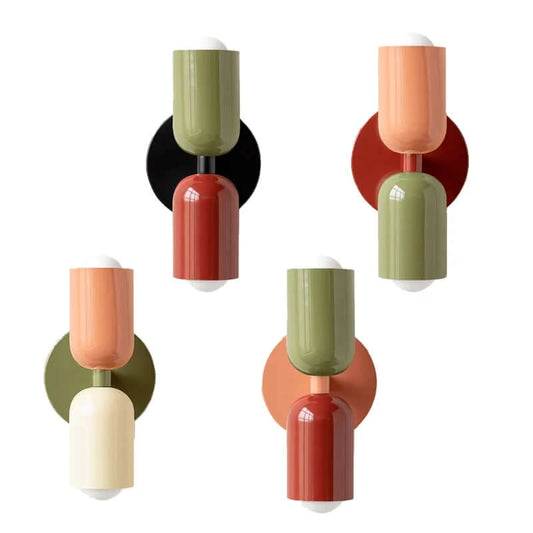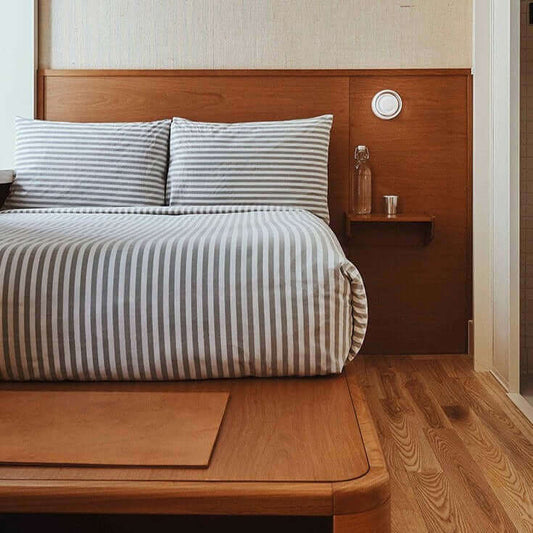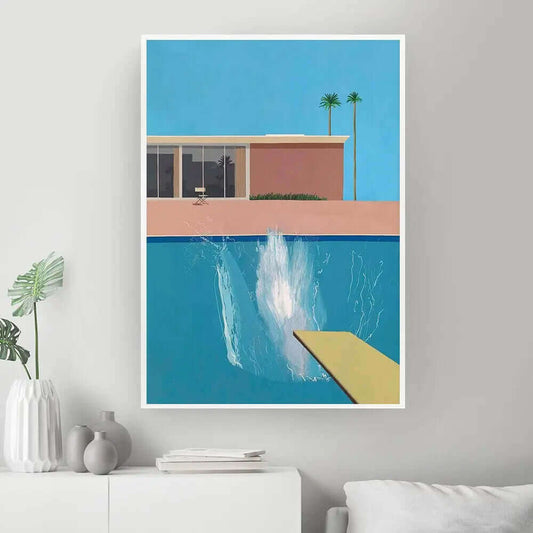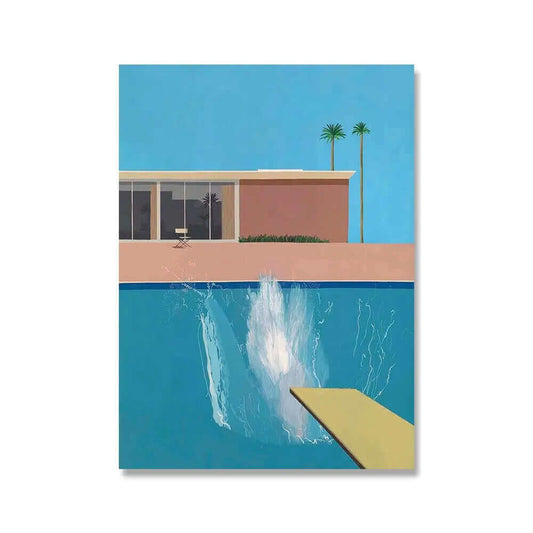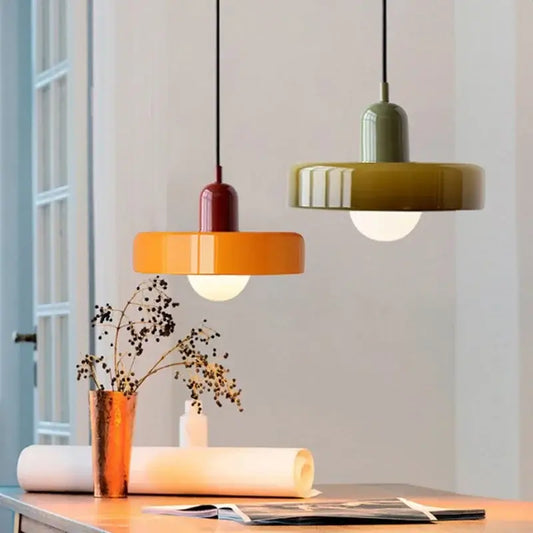Introduction
Colour plays a vital role in interior design, setting the mood, defining the ambiance, and evoking emotions within a space. Interior designers must stay attuned to ever-changing fashion and colour trends to create captivating and relevant environments. This article delves into the impact of colour trends in interior design, explores colour terminology and basics, investigates warm vs. cool colours and their psychological effects, and guides readers on creating harmonious colour schemes while using colour to manipulate space.
- The Impact of Fashion and Colour Trends in Interior Design
Colour trends, influenced by fashion, art, culture, and global events, have a profound impact on interior design choices. Staying updated on emerging trends is crucial for interior designers to create spaces that resonate with clients and occupants. Colour forecasting organizations like Pantone and Color Marketing Group provide insights into upcoming colour palettes that shape design choices.
References:
- "Pantone: The Twentieth Century in Color" by Leatrice Eiseman and Keith Recker provides an in-depth exploration of Pantone's influence on design.
- The Color Marketing Group (www.colormarketing.org) offers resources and insights into colour forecasting.
- Colour Terminology and Basics
Understanding colour terminology is essential for designers to communicate effectively. The colour wheel, comprising primary, secondary, and tertiary colours, serves as the foundation for colour combinations. Complementary, analogous, triadic, and monochromatic colour schemes offer different aesthetic effects.
References:
- "The Interaction of Color" by Josef Albers is a seminal work on colour theory.
- "Color: A Natural History of the Palette" by Victoria Finlay traces the historical and cultural significance of colours.
- Warm vs. Cool Colours and Their Psychological Effects
Warm colours, like red, orange, and yellow, evoke energy, passion, and coziness. They are ideal for creating inviting spaces but may be overwhelming when used excessively. Cool colours, such as blue, green, and purple, convey tranquility, calmness, and spaciousness. Cool colours are often used to enhance relaxation and contemplation.
References:
- "The Art of Color: The Subjective Experience and Objective Rationale of Color" by Johannes Itten offers insights into the emotional impact of warm and cool colours.
- "Color Psychology and Color Therapy: A Factual Study of the Influence of Color on Human Life" by Faber Birren explores the psychological effects of colours.
- Creating Harmonious Colour Schemes
Creating harmonious colour schemes involves the skillful use of colour combinations to achieve a balanced and visually appealing result. Understanding colour psychology is crucial for selecting colours that complement each other and create a cohesive atmosphere.
References:
- "Color: Messages and Meanings" by Leatrice Eiseman delves into the psychological impact of colour choices in design.
- "A Guide to Colour Mutations and Genetics in Parrots" by Terry Martin explores the harmonious combinations found in nature.
- Using Colour to Manipulate Space
Colour can be a powerful tool in manipulating the perception of space. Light colours tend to expand space, making small rooms feel more open, while dark colours create a sense of intimacy and coziness in larger areas. Accent walls and focal points can be strategically painted to emphasize architectural features.
References:
- "The Language of Interior Design" by Alexa Hampton provides insights into using colour to manipulate space effectively.
- The Victoria and Albert Museum (www.vam.ac.uk) in London showcases historical interiors with masterful use of colour and space.
Conclusion
Colour is a multifaceted tool in interior design, capable of transforming spaces and evoking emotions. By understanding fashion and colour trends, mastering colour terminology and basics, exploring warm vs. cool colours, creating harmonious colour schemes, and using colour to manipulate space, interior designers can elevate their designs to new levels of beauty and functionality. Drawing inspiration from the work of designers, authors, and museums, along with staying updated on the latest colour trends, will enable interior designers to create captivating and timeless environments that truly resonate with occupants and stand the test of time.





